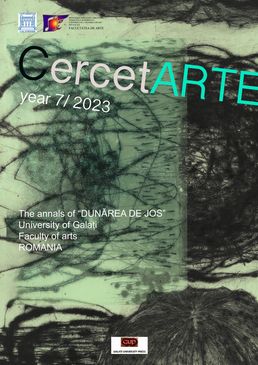Forma de fugă în istoria post-barocă
Abstract
The present study does not propose an exhaustive course of the mentioned form, not even in broad terms, since even this type of approach would go far beyond the usual dimensions. On the contrary, some fugue models will be selected from the creation of some representative composers, in order to highlight its unique character and its ability to symbolize. It will only be built schematically, which can be a starting point for further rescheduling. Of course, we will analyze those fugues that come out of the scholastic pattern and assert themselves as independent, completely surprising creations. Also, it will not be insisted on sacred genres, where the use of this form is traditional. If during the Baroque Age the fugue was folded as a technique specific to the period, the following eras will take over this idiom to make it survive in surprising contexts: instrumental miniatures, sonatas, chamber music, symphonic suites, symphonies, oratorios, opera.


